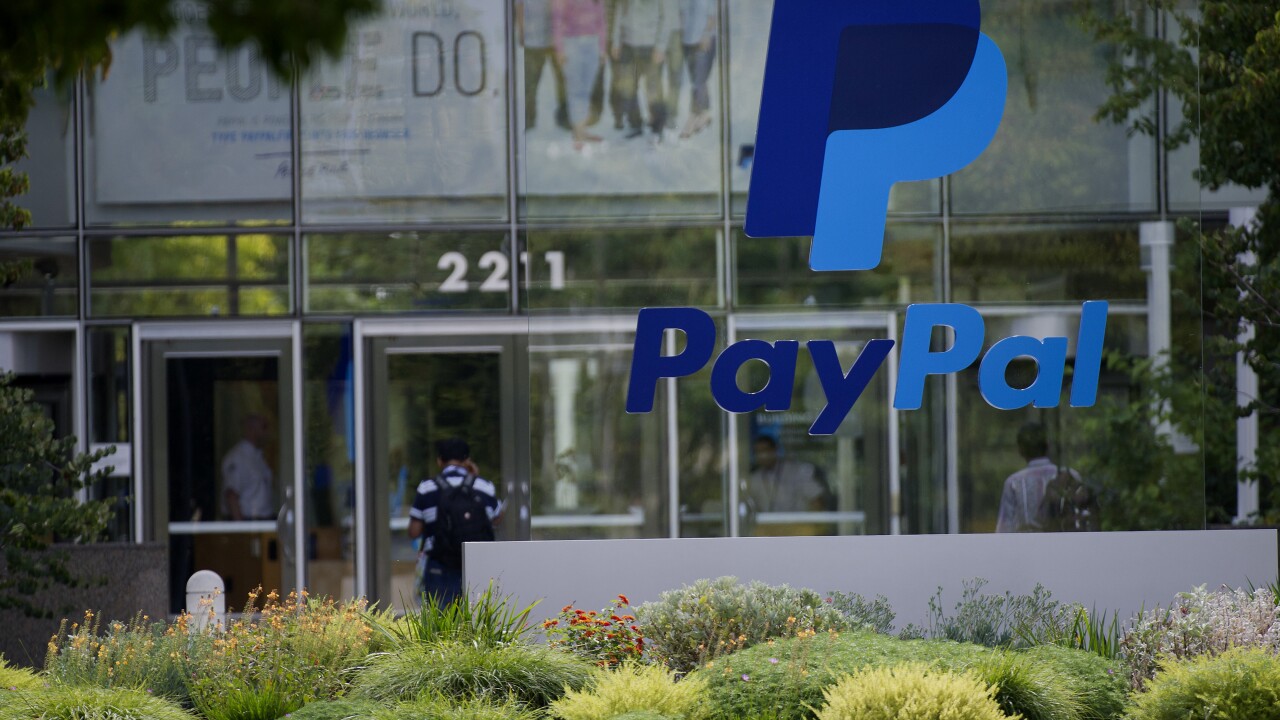2017 will be remembered as the corporate tipping point for blockchain adoption.
Where only a few years ago bitcoin was used by a handful of cryptoanarchists, libertarians and cypherpunks, the underlying technology is now being seriously explored by global banking behemoths, including notables like JPMorgan, Banco Santander, and most recently, Sberbank, Russia's largest bank.
The applications of blockchain technology are tempting and diverse, ranging from digital identity and data management to commodity trading, governance and IoT. Corporate big names like BP, Microsoft, Intel and HP Enterprise have all expressed their commitment to ongoing blockchain development through the Enterprise Ethereum Alliance, a consortium of companies working on developing enterprise blockchain solutions.

Much of the excitement revolves around the development of scaling solutions that may enable Bitcoin, Ethereum, and other blockchains to reach a truly global user base. The Lightning Network built atop Bitcoin and the analogous Raiden Network built atop Ethereum hold the promise of near-free, instant payments.
The current Bitcoin transaction costs between two and ten dollars, and can take between ten and thirty minutes to confirm -- hardly ideal for everyday merchant transactions. The Ethereum network is significantly better at approximately fifty cents and one minute for confirmation, but bringing those statistics down to practically free and practically instant is a massive engineering challenge.
Litecoin, Bitcoin's lower market-cap, more agile brother, has already begun implementation of the Lightning network, and the first proof-of-concept transactions have been confirmed. Full global implementation of the Lightning network is still a couple years away, but scalable cryptocurrency has definitively left the theoretical and entered reality.
The Lightning network can also act as a bridge between blockchains, enabling Bitcoin holders to trustlessly exchange for Litecoin, and vise-versa, in cross-chain atomic swaps. This attribute further accelerates scaling, as consumers no longer have to wait for a single blockchain to reach global proportions, but can instead rely upon a consortium of smaller chains linked together by the Lightning network.
The Raiden network, built atop Ethereum, is technologically similar to Lightning, but offers the additional promise of near-free, instant smart contracts. This would enable the Ethereum public chain to take the place of private enterprise solutions for both inter- and intra-company transactions, and facilitate the realization of a smart contract governed global supply chain.
Corporate giants recognize this potential, and are racing to implement blockchain solutions before their competitors. Though 2017 will be seen as the watershed moment in blockchain history, the years to come will see rapidly accelerating growth on all fronts. Although which blockchain will first scale globally has yet to be determined, hundreds of companies and millions of individuals are placing their bets today.





